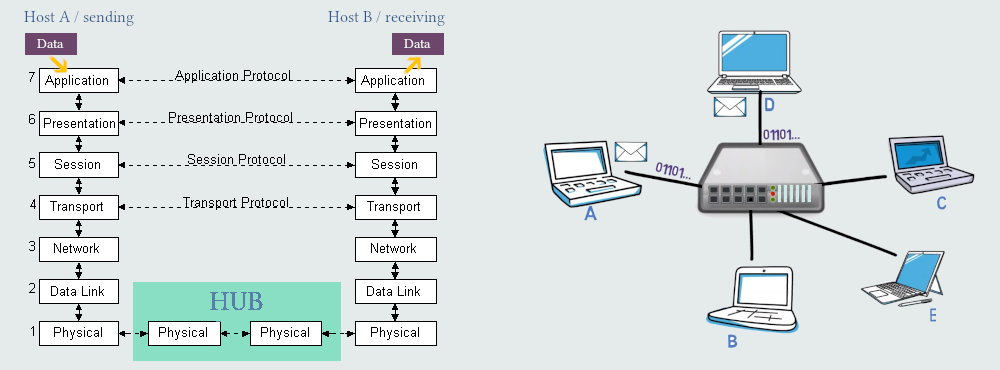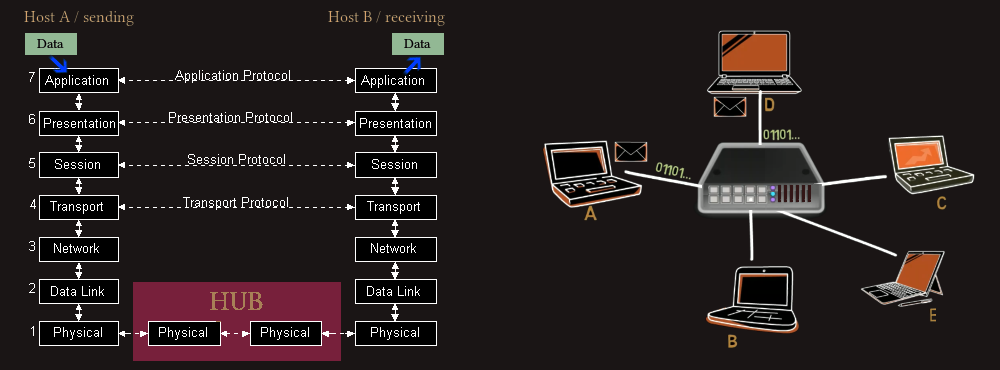Primary batteries
A primary battery is a convenient power source for portable electronics and devices. This includes radios, watches, toys, lights, and cameras. It is inexpensive, lightweight, and convenient to use with no maintenance. However, primary batteries cannot be recharged once they run out of power. This makes them a type of “discard immediately when discharged” battery, and they cannot be used again. Majority of the primary batteries that are used in domestic applications are single cell type and usually come in cylindrical configuration, such as alkaline batteries. This type of primary battery is a chemical composed of zinc (Zn) and manganese dioxide (MnO2).
Other shapes and sizes of a primary battery include a coin/button shaped one, a.k.a. coin cell batteries. They are often used in torches, remotes, wall clocks, small portable gadgets, and more. The chemical composition of a coin cell battery is also alkaline. But it also contains lithium and silver oxide chemicals. These compounds make this small battery more efficient, providing steady and stable voltage.
Zinc – Mercuric Oxide and Cadmium – Mercuric Oxide batteries were used before but due to the environmental concerns with respect to the usage of Mercury, these battery types slowly phased out. Then the development of batteries with Lithium as active anode material has been started and is considered a major accomplishment due to the high specific energy and longer shelf life of Lithium batteries over traditional Zinc batteries. Lithium batteries are manufactured as button and coin cell for a specific range of applications (like watches, memory backup, etc.) while larger cylindrical type batteries are also available.
Secondary batteries
A secondary battery is also called as Rechargeable Battery as they can be electrically recharged after discharge. The chemical status of the electrochemical cells can be “recharged” to their original status by passing a current through the cells in the opposite direction of their discharge, so they can have a longer lifespan.
Basically, secondary batteries can be used in two applications:
1. In the first category of applications, the secondary batteries are essentially used as energy storage devices where they are electrically connected to a main energy source, they are charged by it and also supplying energy when required. Examples of such applications are Hybrid Electric Vehicles (HEV), Uninterrupted Power Supplies (UPS), etc.
2. The second category of applications of secondary batteries are those applications where the battery is used and discharged as a primary battery. Once it is completely discharged (or almost completely discharged), instead of discarding it, the battery is recharged with an appropriate charging mechanism. Examples of such applications are all the modern portable electronics like mobiles, laptops, electric vehicles, etc.
Two of the oldest batteries are secondary batteries called the Lead – Acid Batteries, which were developed in late 1850’s and Nickel – Cadmium Batteries, which were developed in early 1900’s.
In the recent decades, two new types of rechargeable batteries have emerged. They are the Nickel – Metal Hydride Battery and the Lithium – Ion Battery. Of these two, the Lithium – Ion battery came out to be a winner and became commercially superior with its high specific energy and energy density figures (150 Wh / kg and 400 Wh / L).
So, we have four major types of secondary batteries:
· Lead – Acid Batteries
· Nickel – Cadmium Batteries
· Nickel – Metal Hydride Batteries
· Lithium – Ion Batteries
Lead – Acid Batteries
The Lead - Acid batteries are the most popular and most used rechargeable batteries. Lead-acid batteries are available in several different configurations like small sealed cells with capacity of 1 Ah to large cells with capacity of 12,000 Ah. One of the major applications od lead-acid batteries are in the automotive industry as they are primarily used as SLI Batteries (Starting, Lighting and Ignition). Other applications of lead-acid batteries include energy storage, emergency power, electric vehicles (even hybrid vehicles), communication systems, emergency lighting systems, etc. Electrical efficiency of lead-acid batteries is between 75 to 80%. This efficiency value them suitable for energy storage (Uninterrupted Power Supplies – UPS) and electric vehicles.
Nickel - Cadmium Batteries
The Nickel – Cadmium Batteries or simply Ni-Cd Batteries are one of the oldest battery types available today along with the lead-acid batteries. They have a very long life and are very reliable and sturdy. One of the main advantages of Ni-Cd Batteries is that they can be subjected to high discharge rates and they can be operated over a wide range of temperatures. Also, the shelf life of Ni-Cd batteries is very long.
Nickel – Metal Hydride Batteries
These batteries are relatively new type of batteries, extended version of Nickel – Hydrogen Electrode Batteries, which were exclusively used in aerospace applications (satellites). One main advantage of Nickel-metal hydride batteries over Ni-Cd batteries is higher specific energy and energy density. Sealed Nickel-metal hydride batteries are available commercially as small cylindrical cells and are used in portable electronics.
Lithium – Ion Batteries
In the last couple of decades, more than 50% of the consumer market has adopted the use of lithium-ion batteries. Particularly, laptops, mobile phones, cameras, etc. are the largest applications of lithium-ion batteries. Lithium-ion batteries have significantly high energy density, high specific energy and longer cycle life. Other main advantages of lithium-ion batteries are slow self-discharge rate and wide range of operating temperatures.
Battery applications
Both primary and secondary batteries are essential in powering our modern world. They are used in a lot of devices and appliances, such as:
· Portable electronic devices: smartphones, watches, cameras, laptops, calculators, testing equipment like multimeters.
· Entertainment: radios, MP3 and CD players, infrared remote controls, toys and games, etc.
· Household: alarms, clocks, smoke detectors, UPS, portable power tools, hair trimmers and shavers, blood pressure monitors, hearing aids, pacemakers and more.
The following are determining factors in choosing the right battery:
· Primary or Secondary
· Energy or Power
· Shelf Life
· Energy Efficiency and Recharge Rate
· Battery Life
· Battery Temperature
Rechargeable batteries have a complementary device that keeps them going – battery chargers. A battery charger is designed to provide a safe and consistent charge to batteries; in a few hours battery will be ready to use again.
Network communication equipment
There are a number of different devices that make up the networking platform, performing different functions and operating at different levels of the OSI reference model (7-layer model). We will introduce those devices in following descriptions.
Hubs
Hubs work at Layer 1, the physical layer of the OSI model. They are used to connect multiple devices or network segments together. A hub accepts connections from a number of network devices and cross-connects them so that any data transmitted from one device is regenerated and sent out to all other connected devices except the originator. So, the hub is a single-collision domain, just like the bus topology. 

Bridges
Bridges work at Layer 2, the data link layer, and unlike a hub, they do not automatically forward every received frame. They build a MAC address bridging table for each port and use it to make filtering decisions between network segments. 

With a two-port bridge, the bridge reads the destination address, and if it determines that the destination host is on another segment on the network, it forwards the frame to that segment.







